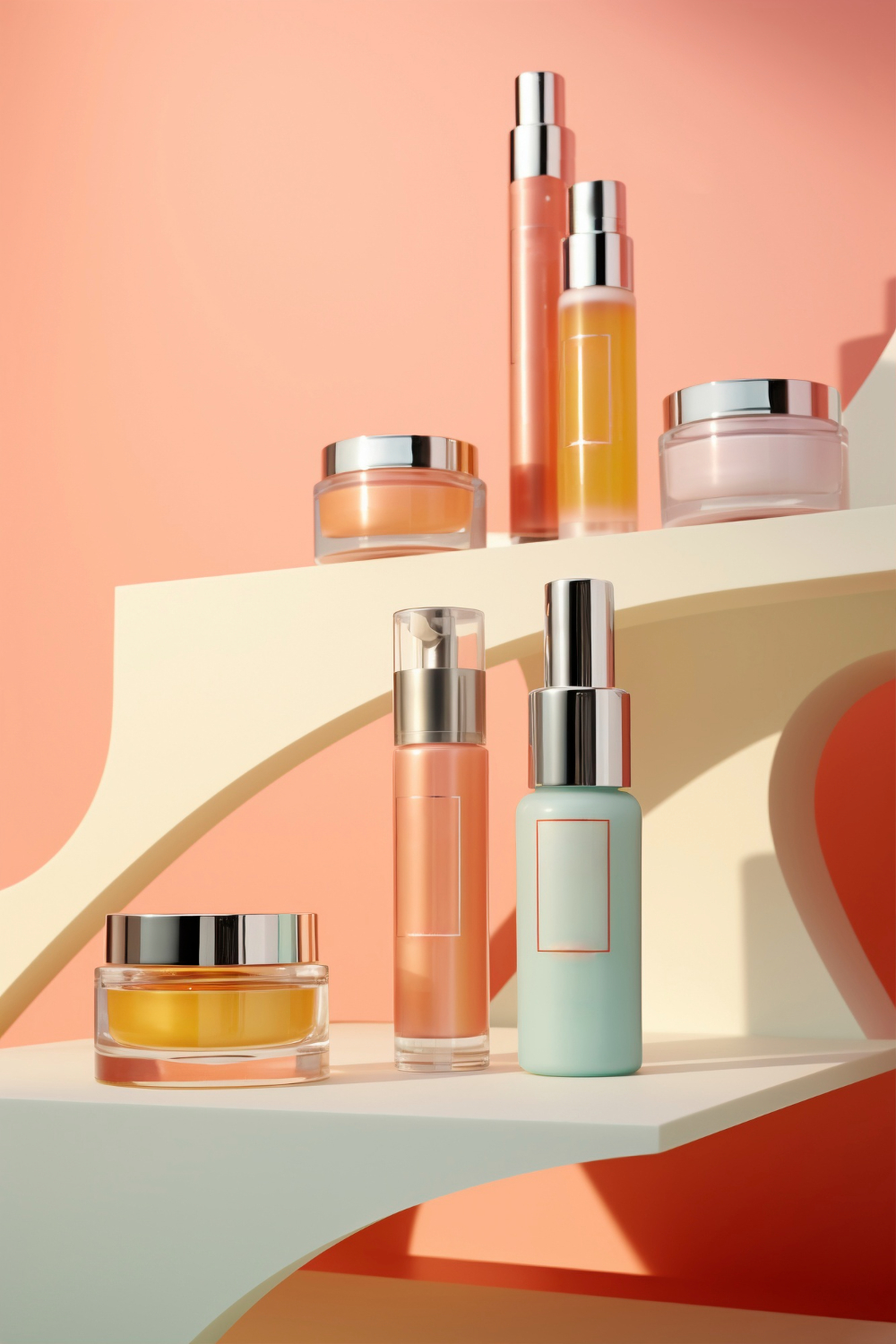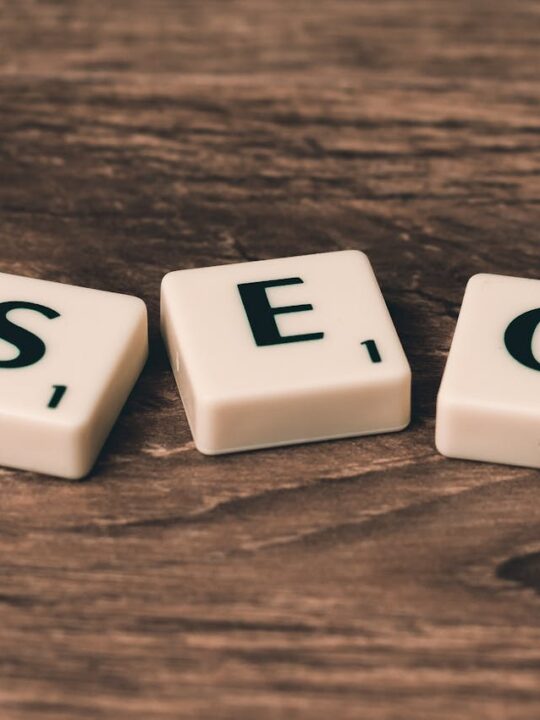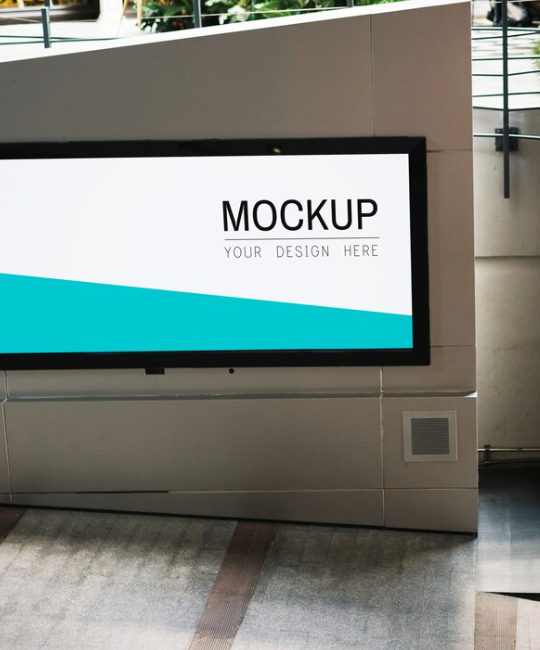 Technology innovation should always be guided by the company’s business goals, whether disruptive or incremental. This includes ensuring the new product or service is affordable, simple to use, and accessible to a larger population. Beauty brands can benefit from innovation through digitization by enabling customers to interact with products digitally.
Technology innovation should always be guided by the company’s business goals, whether disruptive or incremental. This includes ensuring the new product or service is affordable, simple to use, and accessible to a larger population. Beauty brands can benefit from innovation through digitization by enabling customers to interact with products digitally.
Disruptive Innovation
The COVID-20 pandemic has accelerated the pace of technological integration into business processes and customer interactions. Cosmetic product manufacturers can leverage this to innovate and stay ahead.
Disruptive innovation occurs when new technology significantly alters the way existing businesses operate. This differs from traditional innovations that improve products and services for established markets.
For example, smartphones can be considered disruptive because they replace laptops and desktop computers for some functions. This type of innovation typically comes from smaller companies or entrants that enter a market with simpler and less expensive products.
The beauty industry has adopted disruptive technologies such as virtual and augmented reality. Startups have developed personalized virtual makeover solutions to enable consumers to try out makeup and skincare products. This allows brands to provide more accurate and tailored recommendations for each consumer. It also enables the development of new products and packaging options. The technology is transforming the cosmetics and skin care sector through its ability to reduce costs and create new business models.
Artificial Intelligence
The process of creating any cosmetic product, such as the manufacturing company owned by Larry Gaynor, involves a meticulous formulation process. With the help of AI, this process is streamlined by sifting through vast databases of ingredients to determine their benefits, side effects, and compatibility. This allows formulators to make better decisions with fewer iterations, ultimately resulting in an improved final product.
The beauty industry also relies on AI for quality control and sustainability initiatives. Artificial intelligence can analyze consumer data and recommend personalized products based on their needs and preferences. This reduces waste and ensures that each product meets the highest quality standards.
Generative AI technology is a major driver of innovation across multiple industries, including the beauty sector. Companies are using GANs to develop virtual try-on tools that allow customers to see how different makeup and hairstyles will look on their faces before purchase. This can increase sales and customer satisfaction by reducing the number of returns due to dissatisfaction with a specific product. In addition, it can help eliminate reliance on costly physical samples to ship and store.
3D Printing
The hottest trend in technology is 3D Printing, which offers new possibilities in terms of packaging. The process uses thin sheets that are printed with laser accuracy, resulting in smooth, precise packaging.
Cosmetic companies have already started to take advantage of this technology. Neutrogena, for example, created a customized face mask that was printed using an app to match the skin needs of each customer.
3D printers have also opened up new opportunities in the health sector by allowing products to be manufactured more quickly and efficiently.
However, the most exciting technological innovation may be the creation of organs-on-chips, designed to mimic human organs’ functions. This incredible achievement will allow researchers to study the complexities of human biology without sacrificing real patients. This will lead to better drugs and more effective therapies.
Internet of Things
The Internet of Things (IoT) enables businesses to collect and analyze data that they wouldn’t have been able to access otherwise. This technology allows companies to develop products and services based on a more extensive and accurate understanding of consumer behavior.
For example, IoT-enabled smart mirrors use augmented reality to allow consumers to test different makeup styles and colors before purchasing them. This helps them to determine if the product will suit them before they buy it, resulting in a much higher level of customer satisfaction.







